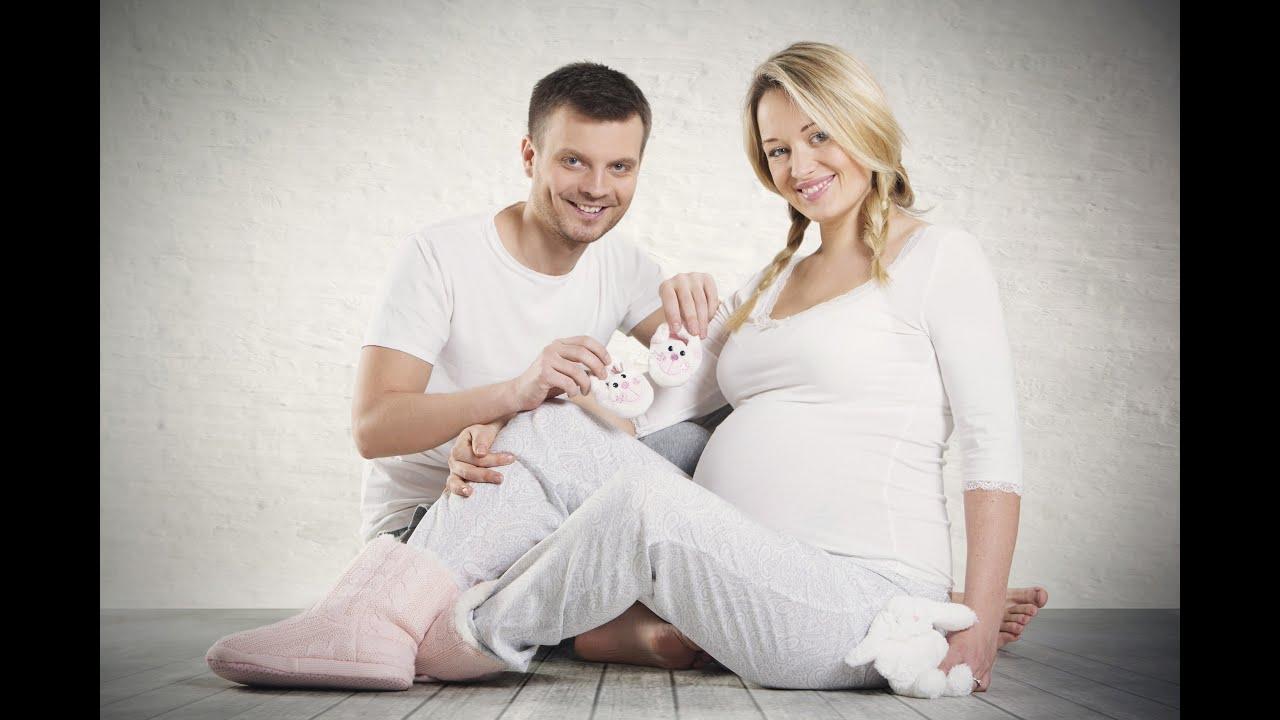The booming maternity wear in Europe

The maternity wear industry has seen tremendous growth over the past decade across European countries. With more women delaying motherhood and having families later in life, the demand for comfortable yet fashionable maternity clothing options has increased manifold. Let's take a closer look at some key trends shaping the European maternity fashion industry.
Increased demand
According to recent reports, the Europe Maternity Wear is estimated to be worth around $5 billion currently and is projected to grow at a CAGR of over 7% during 2023-2028. The rising number of births each year across major economies like the UK, Germany, France, Italy etc. is contributing to this growth. Additionally, advanced maternity leave policies and emphasis on work-life balance policies are encouraging more women to continue working during and after their pregnancies, further boosting the need for appropriate office-friendly maternity clothes.
Factors like social media influence, increased disposable incomes, and changing fashion preferences are also fueling this demand. Women are no longer settling for boring basics but want cute, stylish and contemporary options during their pregnancies. This has motivated established fashion brands as well as startups to introduce new collections and designs tailored for expectant mothers regularly.
Changing trends in designs and fabrics
A key trend noticed in recent years has been the move towards more versatile, stretchable and breathable fabrics for maternity clothing. With active lifestyles becoming the norm, modern mothers want comfortable yet stylish options allowing freedom of movement. This has resulted in the rise of fabrics like Modal, Tencel, Spandex blends etc. as alternatives to conventional cotton or polyester maternity wear.
Additionally, designs are becoming more form-flattering rather than loose and shapeless silhouettes of the past. Well-fitted maxi dresses, ruffled tops, jeans with flexible panels are some of the most popular styles. Accentuating the baby bump instead of hiding it has also become a trend. Colorful prints, ruffles and bold hues are common choices versus the dull tones of before. Brands are mindful to incorporate on-trend styles from regular collections suitably adapted for a changing body.
Online sales and increased accessibility
E-commerce has played a vital role in expanding availability of fashionable yet reasonably priced maternity options across Europe. Major online retailers focused on expectant and new mothers have witnessed exponential traffic over the last 5 years. Customers appreciate the convenience of browsing from home and purchase decisions aided by reviews, size charts and recommendations offered online.
Brands are also leveraging social selling, blogging communities and influencer marketing to reach target customers digitally better than reliance on physical stores alone. With delivery and return policies becoming consumer-friendly, online channels now account for over 30% of total European maternity wear sales according to recent surveys. Even brick-and-mortar retailers have enhanced their websites and social media presence to capture this digital-savvy customer base.
Sustainable and ethical considerations
In line with the rising emphasis on sustainability and ethical practices across industries, “eco-friendly” and “organic” attributes are gaining prominence in the European maternity fashion space too. Customers want to feel good not just about their looks but also about the environmental and social impact of their purchases.
This has resulted in increasing choices of garments made from organic cotton, recycled fabrics or produced using clean manufacturing processes. Additionally, brands are ensuring fair wages and safe working conditions for production staff. Transparency about these aspects through certification and detailed descriptions is a big plus point for conscious consumers today. While still a niche, the sustainable maternity wear is forecast to grow the fastest in the coming years across Europe.
Key players and future outlook
Major international brands like H&M, Gap, Marks & Spencer enjoy strongholds in the European maternity clothing segment due to their established reputations, worldwide presence and affordable price points appealing to middle-income customers. However, local labels in each country featuring traditional prints/ silhouettes unique to their cultures are also popular local choices.
Specialized online retailers Closet London, Asos Maternity, Bambino Mio have cornered significant shares through their extensive and on-trend product catalogs. Several fashion houses like Gucci, Stella McCartney too have launched premium maternity collections recently, attracting luxury customers.
With these multiple options catering to varying budgets and preferences, along with the rising birth rates, continuing emphasis on women's empowerment, the future appears quite bright for Europe's booming maternity wear industry. Constant innovations, digitization and changing consumer demands will continue to steer this progressive sector ahead.
Get more insights, On Europe Maternity Wear
- Art
- Causes
- Crafts
- Dance
- Drinks
- Film
- Fitness
- Food
- الألعاب
- Gardening
- Health
- الرئيسية
- Literature
- Music
- Networking
- أخرى
- Party
- Religion
- Shopping
- Sports
- Theater
- Wellness
- IT, Cloud, Software and Technology


